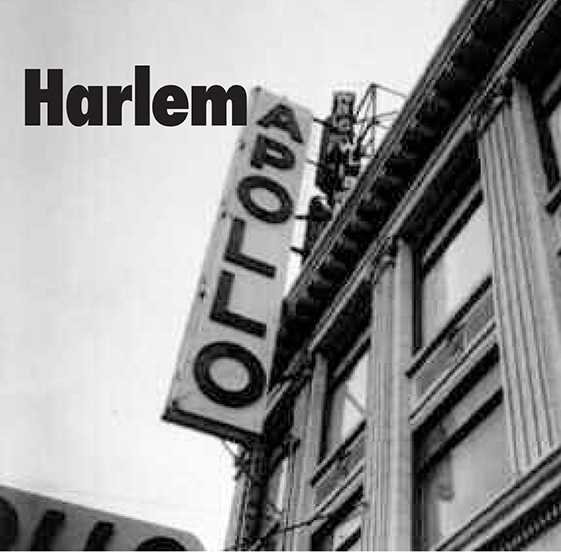
PHOTO BY BRUCE KAYTON

PHOTO BY BRUCE KAYTON
Once the Native Americans were cleared out through violence and phony land transactions, the Dutch established Nieuw Haarlem, named for the city of Haarlem in Holland, in 1638. In 1658, Nieuw Haarlem was established as a separate village.
Though today Harlem includes some of New York City’s poorest areas because of the twin terrors of capitalism and racism, it is one of the most requested areas for tourists to visit in the city, perhaps because it is historically one of the richest areas. By the 1920s, Harlem was known as the “Black Capital of the World.” This was during the Harlem Renaissance, when it boasted one of the greatest gatherings of novelists, artists, poets, musicians, and playwrights anywhere in the world.
Harlem’s population increased tremendously at the turn of the century, as many African Americans fled the racism of the South or immigrated from the Caribbean. The very first subway in New York City came through Harlem in 1904 (following the #3 line above Forty-second Street), bringing the African-American masses to Harlem following real estate speculation and building by the real estate industry.
Harlem boasts A. Philip Randolph, founder of the first major African-American union in the United States; Malcolm X; Marcus Garvey; the Black Panthers; the Schomburg Center for Research in Black Culture; Langston Hughes; Fidel Castro; the Delany sisters (subjects of a Broadway play in the 1990s); and the Communist and Socialist Parties. Though there is Jewish, Dutch, Native-American, Italian, and Puerto Rican history in Harlem, this tour will focus on the African American history, which is what gave Harlem its current worldwide reputation.